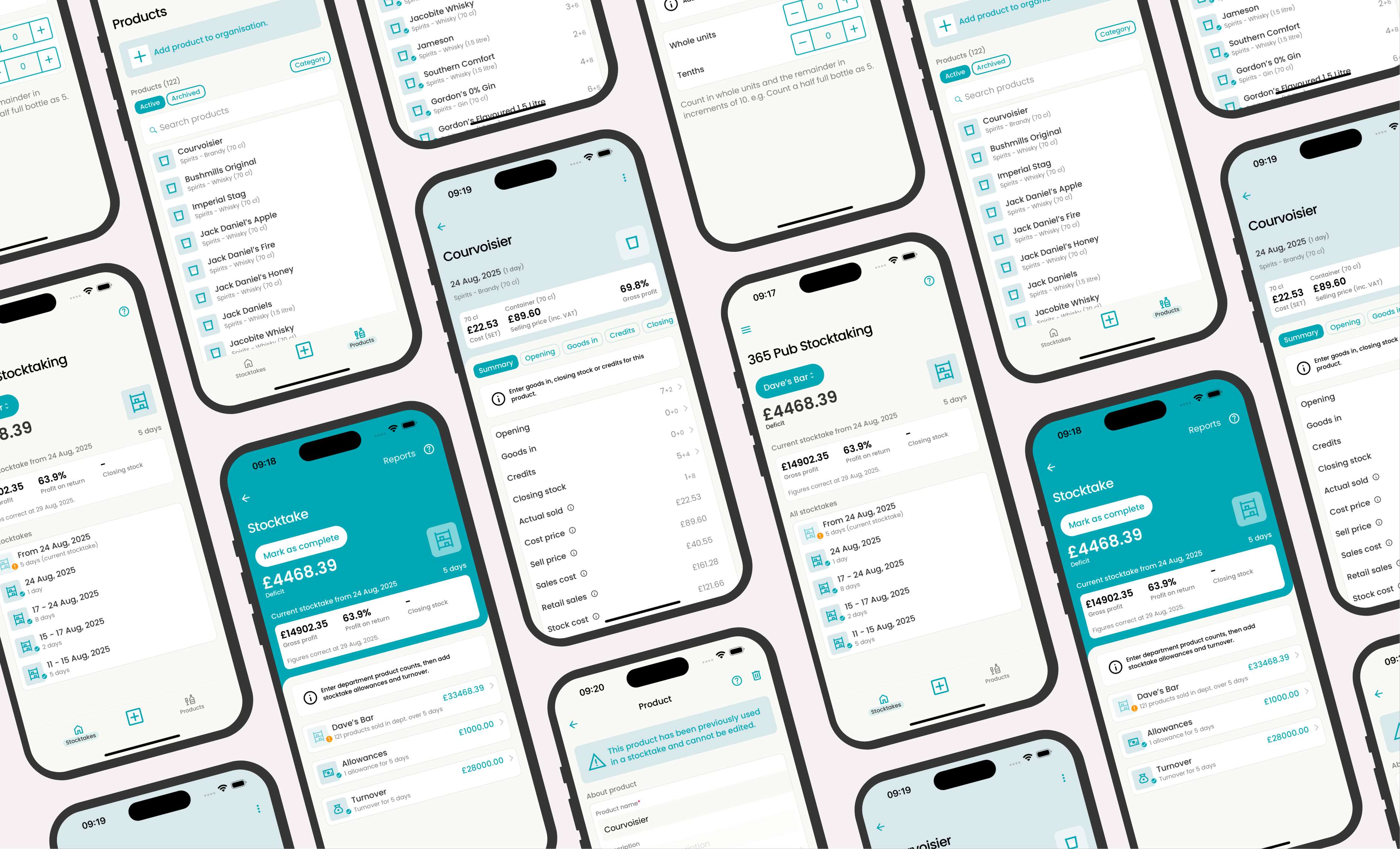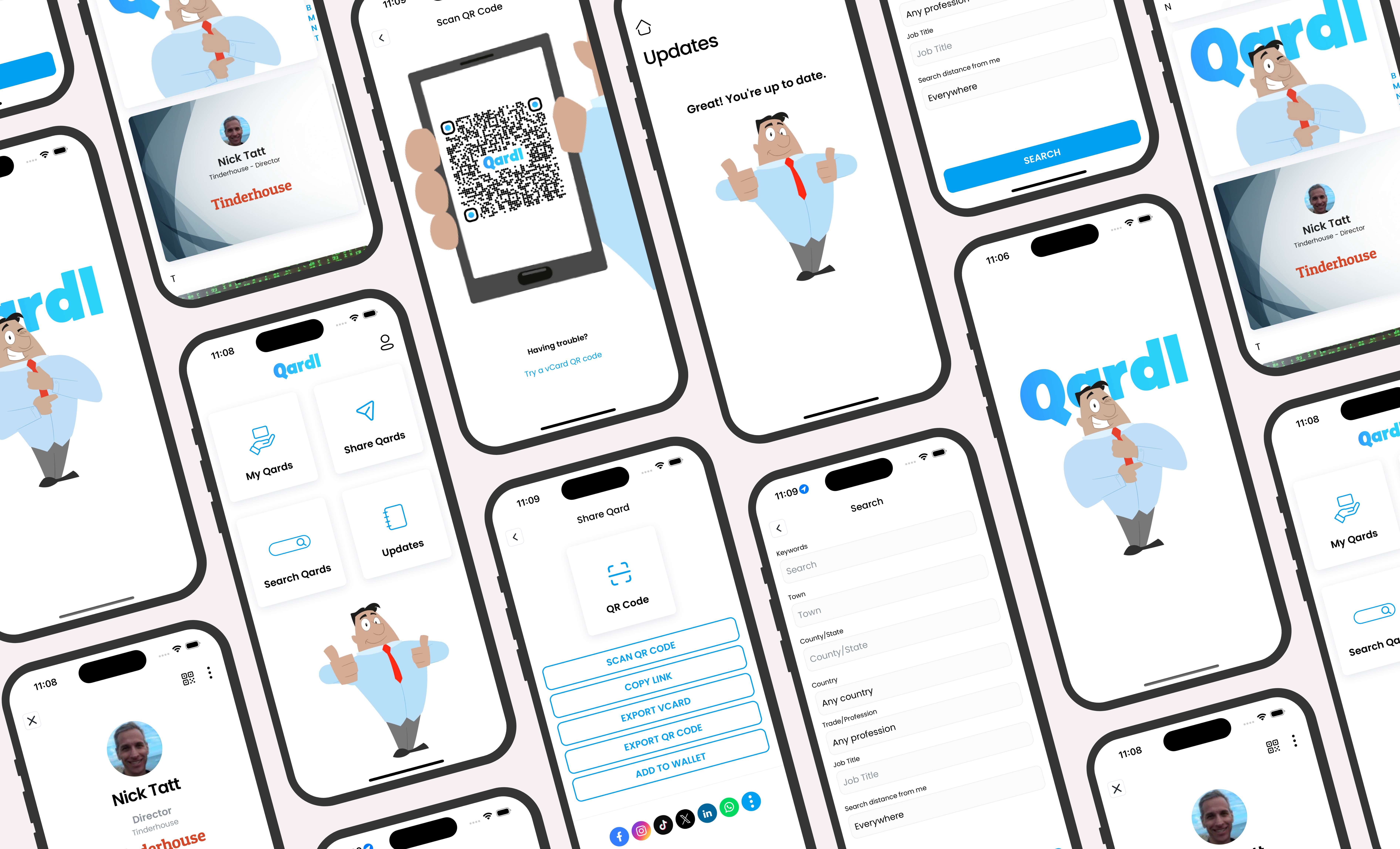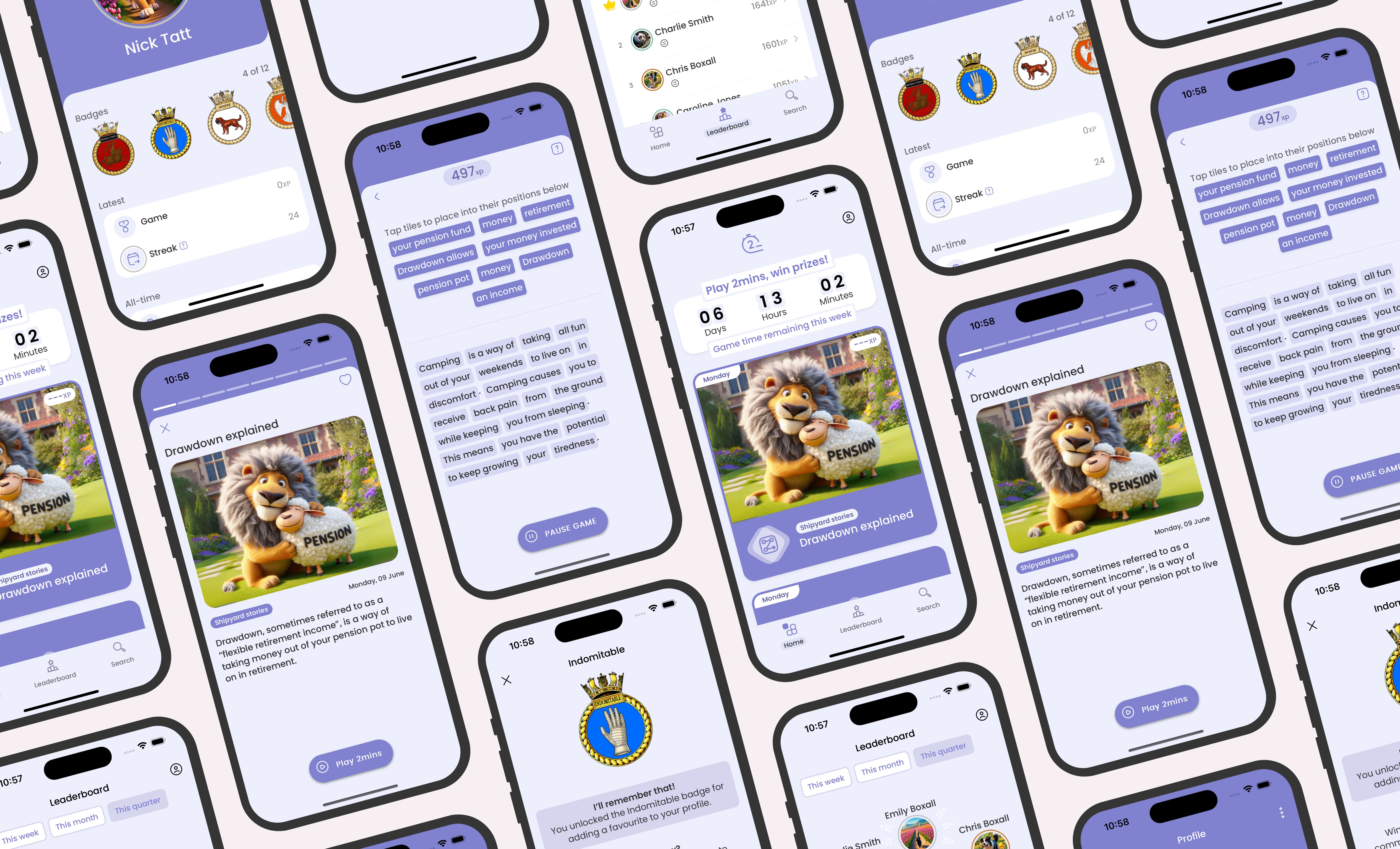Future-proofing your app requires staying ahead of trends, making intelligent design and development choices, and anticipating future user needs. In this blog post, we'll explore tips on future-proof your app.
Plan for scalability
The first step in future-proofing your app is to plan for scalability. That means designing and developing your app to accommodate growth and changes in user needs. Scalability involves building flexibility into your app's architecture to adapt to changes without requiring a complete redesign.
To ensure scalability, you should consider factors like your app's expected user base, the types of devices your app will run on, and the amount of data your app will handle. You should also use scalable cloud services to accommodate increased usage without slowing down your app's performance.
Embrace new technologies
Technology constantly evolves, and you should keep up with new developments to future-proof your app. This means exploring new tools and technologies that can help you improve your app's functionality, performance, and security. For example, consider using machine learning or artificial intelligence to personalize your app's user experience, or you might explore blockchain technology to enhance your app's security.
By embracing new technologies, you can stay ahead of the curve and ensure that your app remains relevant and competitive in the future.
Prioritize user experience
One of the most critical factors in future-proofing your app is prioritizing user experience. Users expect intuitive, easy-to-use apps that meet their needs and provide a seamless experience across multiple devices. To achieve this, you should conduct user testing and gather feedback to refine your app's design and functionality.
It helps to focus on creating a consistent user interface that works well on different devices and screen sizes. This involves following best practices for mobile app design, such as using a clear hierarchy of information, designing for touch-based interactions, and providing obvious visual cues to guide users through the app.
Build for the long term
Consider the long term when designing and developing your app. This means planning for future updates, maintenance, and feature enhancements. You should use modular, reusable code that can be easily updated and extended, and you should design your app's architecture to be flexible enough to accommodate future changes.
The app should also plan for maintenance and support, including bug fixes, security updates, and compatibility with new devices and operating systems. Building for the long term ensures that your app remains relevant and functional for years.
Stay up-to-date with security
Security is a top concern for app users, and it's critical to future-proof your app by staying up-to-date with security best practices. This means implementing encryption, authentication, and access controls to protect user data and regularly testing your app for vulnerabilities.
The app should also stay up-to-date with emerging security threats and best practices, such as multi-factor authentication and biometric authentication. By prioritizing security, you can build trust with your users and ensure that your app remains secure and functional in the future.
Focus on performance
Another critical factor in future-proofing your app is performance. Users expect fast, responsive apps that work well on different devices and network conditions. To achieve this, you should optimize your app's code for speed and efficiency and use caching and other techniques to reduce load times.
You should also pay attention to your app's resource usage, such as memory and CPU usage, to ensure it runs smoothly on various devices. This involves testing your app on different devices and network conditions and optimizing your app's performance based on real-world usage patterns.
Adapt to changing user needs
As user needs and expectations evolve, adapting your app to meet these changing needs is essential. This involves listening to user feedback, monitoring usage patterns, and analyzing user data to identify areas for improvement.
The app should also keep an eye on industry trends and emerging technologies to identify new opportunities for your app. For example, if your app is in the fitness industry, you might explore new wearable technologies to enhance user experience and provide more accurate data.
By adapting to changing user needs, you can ensure that your app remains relevant and competitive.
Stay compliant with regulations
Regulations and compliance requirements can change over time, and staying up-to-date with these changes is essential to future-proof your app. This involves understanding the regulatory landscape in your industry and designing your app to comply with relevant regulations and standards.
For example, if your app handles sensitive user data, you should ensure that it meets the requirements of data protection regulations like GDPR or CCPA. By staying compliant with regulations, you can build trust with your users and ensure that your app remains functional and secure in the future.
Grounds for success
Future-proofing your app is essential to ensure its longevity and relevance in a rapidly evolving technological landscape. By planning for scalability, embracing new technologies, prioritizing user experience, building for the long term, staying up-to-date with security, focusing on performance, adapting to changing user needs, and staying compliant with regulations, you can future-proof your app and ensure its success in the years to come.
Need an app?
Get in touch with us to talk about how we help with create an app of your own or use our app price calculator to get a quote for your app.




